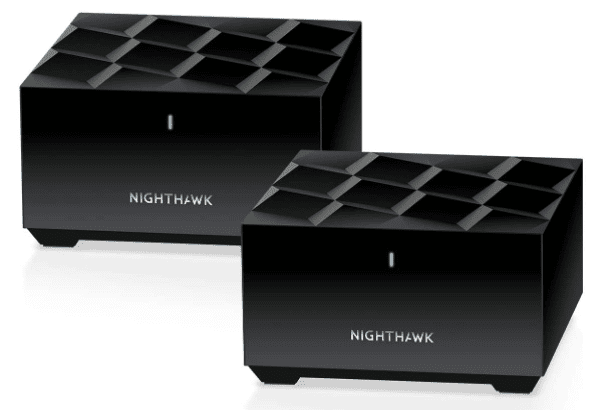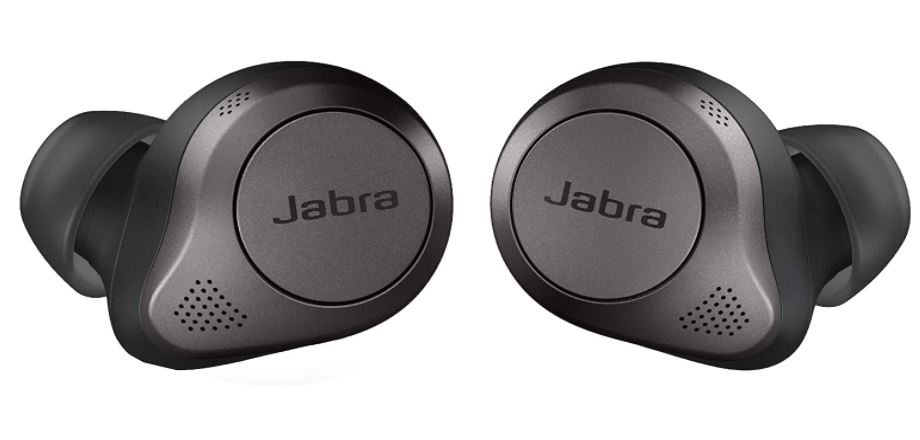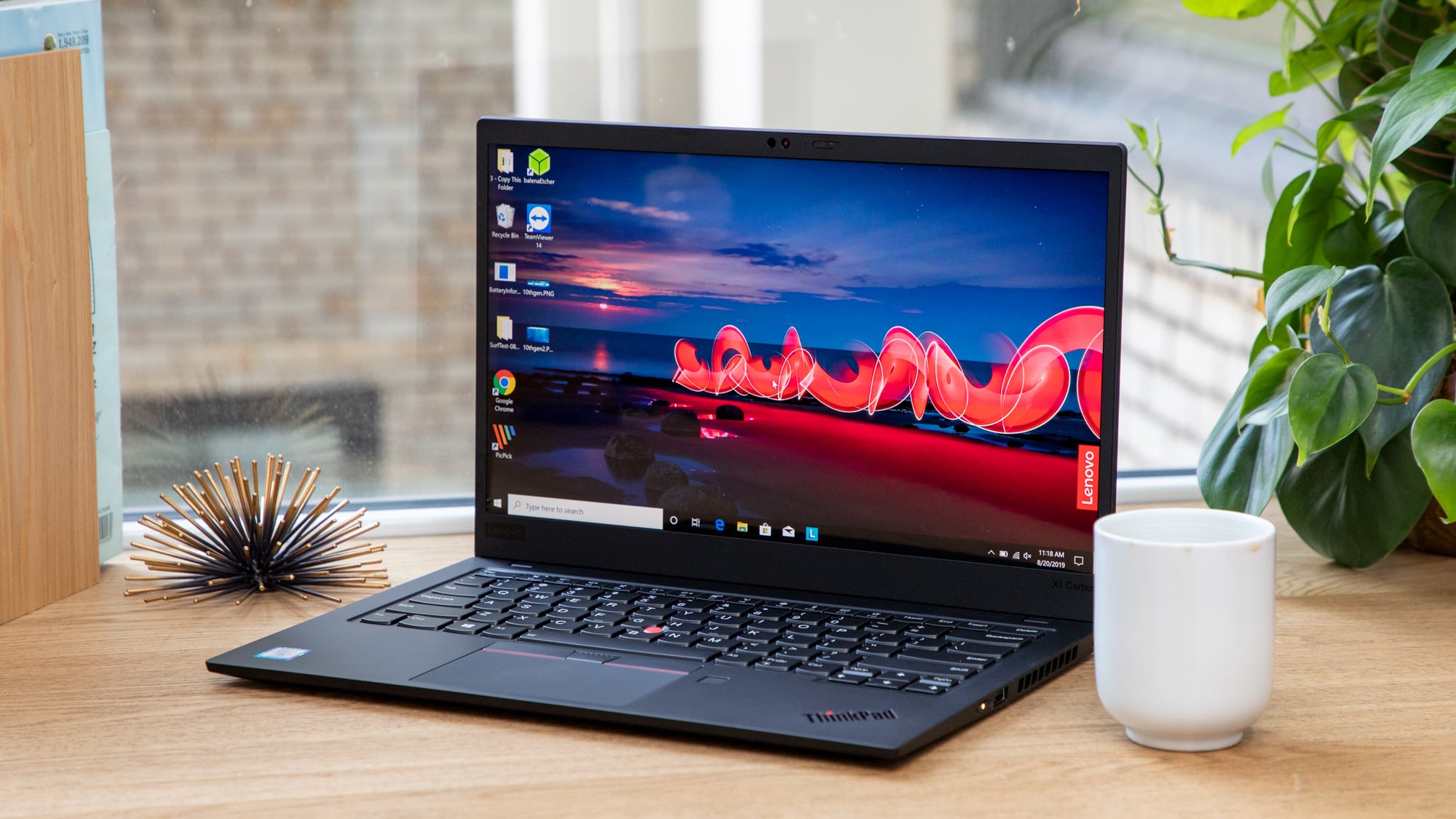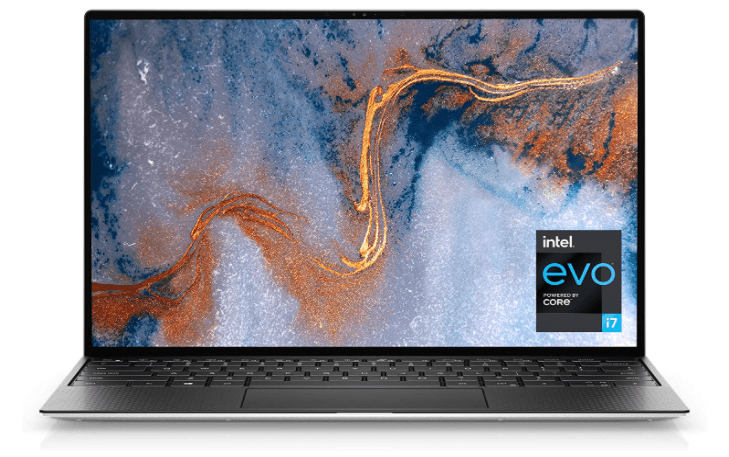Fitbit smartwatch and fitness tracker lineup is expanding just in time for the holiday season, with the announcement of the Fitbit Versa 4, Fitbit Sense 2, and Fitbit Inspire 3. Fitbit’s smartwatch focus continues with the Versa and Sense, while the Inspire remains one of the go-to options for anyone looking for a sleeker design and a lower price. They’re also likely to be among the best Fitbit wearables available this year.
Right away, none of these wearables represent significant additions to Fitbit’s portfolio. They’re all very similar to their predecessors, but with a few minor changes to make them even better. No, none of the new smartwatches support Wear OS. Fitbit has made some interesting hardware and software upgrades in the past, but this latest release is clearly focused on evolution rather than revolution.
Fitbit smartwatch: Fitbit Versa 4
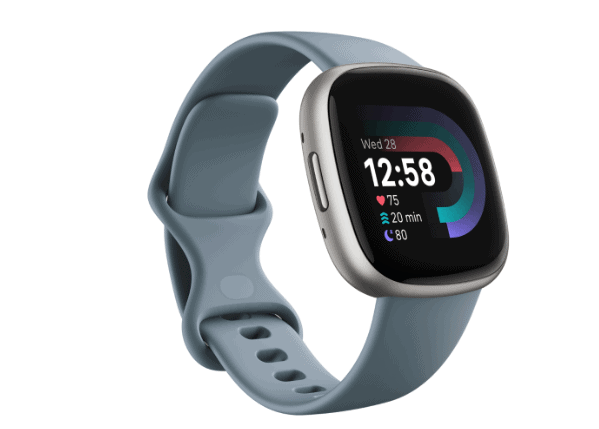 Let’s begin with the Fitbit Versa 4. At first glance, the Versa 4 appears to be nearly identical to the Versa 3, but Fitbit has made a few significant design changes that should not be overlooked. It’s now thinner and lighter than its predecessor, which is impressive given how comfortable the Versa 3 was before. Fitbit has also removed the faux button on the side of the Versa 3 and replaced it with a real, mechanical button on the Versa 4. Fitbit claims that the new button when combined with higher placement on the side of the Versa 4, will be much easier to press — even when you’re tired and sweaty after a long workout.
Let’s begin with the Fitbit Versa 4. At first glance, the Versa 4 appears to be nearly identical to the Versa 3, but Fitbit has made a few significant design changes that should not be overlooked. It’s now thinner and lighter than its predecessor, which is impressive given how comfortable the Versa 3 was before. Fitbit has also removed the faux button on the side of the Versa 3 and replaced it with a real, mechanical button on the Versa 4. Fitbit claims that the new button when combined with higher placement on the side of the Versa 4, will be much easier to press — even when you’re tired and sweaty after a long workout.
Aside from the new design, the Fitbit Versa 4 improves its workout tracking experience. The Versa 4 can track more than 40 exercises, whereas the Versa 3 could only track 20. Fitbit hasn’t revealed all of the new workout modes, but HIIT, CrossFit, dance, and weight lifting are among the highlights. It’s not quite as impressive as the Galaxy Watch 5’s 90+ exercise modes, but it’s a significant improvement over the Versa 3.
Aside from the extra workout modes, the rest of the Versa 4’s health-tracking experience is identical to the Versa 3. It includes a GPS, Fitbit’s Active Zone Minutes feature, 24/7 heart rate monitoring, SpO2 tracking, sleep tracking, and other features. All of this comes with the same promise of six days of battery life, which easily outlasts the Apple Watch Series 7’s single-day use. When you run out of battery power, 12 minutes of charging gives you a full day’s worth of power.
You may also like Fitbit Versa 2 Health and Fitness Smartwatch
Fitbit Sense 2
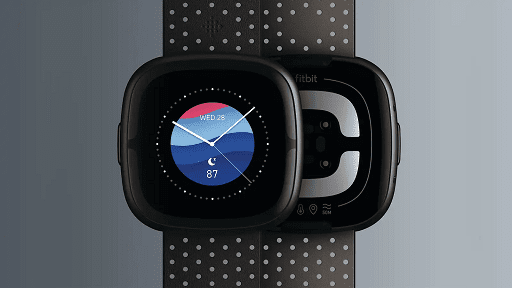
The relationship between the Fitbit Sense 2 and Versa 4 is similar to how the original Fitbit Sense shared many similarities with the Versa 3. The Sense 2 has a slightly different design with a physical button on the side. Sense 2 is 10% thinner and 15% lighter than the first Sense. You’ll also get the same six days of battery life per charge and lightning-fast charging speeds.
The Sense 2 does everything that the Versa 4 does in terms of health tracking. However, it adds a skin temperature sensor and a cEDA (continuous electrodermal activity) sensor to that health suite to monitor your body for signs of stress.
The Fitbit Sense introduced stress tracking in 2020, but the EDA sensor on the Sense 2 now provides continuous monitoring of your body’s electrodermal activity. Manual scans are still possible, but unlike the first Sense, Sense 2 can track that data continuously throughout the day. Furthermore, while both the Versa 4 and the Sense 2 support irregular heart rhythm notifications while sleeping or resting, only the Sense 2 includes Fitbit’s ECG app for on-demand AFib check-ins.
Fitbit Inspire 3
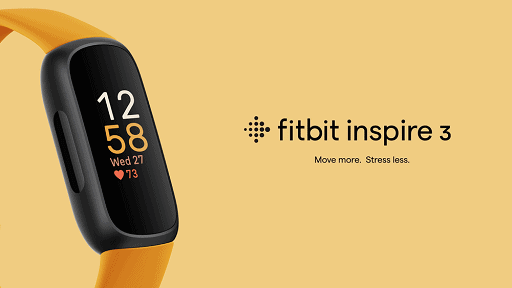
The Fitbit Inspire 3 is the most recent addition to the Fitbit family. The Inspire 3 is marketed as Fitbit’s go-to fitness tracker for anyone who wants the Fitbit experience in a small, lightweight form factor that’s easy on the wallet, similar to the Inspire 2. The design is sleeker and more rounded than the Inspire 2, but the display is the most significant upgrade. Unlike the Inspire and Inspire 2, which both had monochrome screens, the Inspire 3 is the first in the lineup to feature a “rich color” AMOLED touchscreen.
The health tracking features are very similar to those found on the Versa 4. Active Zone Minutes, SpO2 tracking (a first for the Inspire family), sleep tracking (including Fitbit’s new Sleep Profiles program), 24/7 heart rate monitoring, and irregular heart rate rhythm notifications are all supported by the Fitbit Inspire 3. The main difference is that there are only 20 workout modes available, and there is no built-in GPS. However, the lack of features means that the Inspire 3 can be used for up to 10 days on a single charge.
You may also like Fitbit Sense Review: The Heart Health Management Tool
The Google and Wear OS
The Inspire 3 runs Fitbit’s custom software designed specifically for fitness trackers, as expected. What about the Versa 4 and the Sense 2? As previously stated, the watches continue to run FitbitOS rather than Wear OS. FitbitOS, on the other hand, has been modified to mimic some of Wear OS’s best features.
For starters, the Versa 4 and Sense 2 now have a new “tiles” system that allows users to add widgets to the right of the clock face. These tiles display information about your steps, daily activity, sleep, and other activities. Fitbit also provides some non-health-related tiles, such as current weather conditions and timer shortcuts, but third-party apps are not permitted to use the tiles system. For the time being, it is limited to first-party apps and only first-party apps.
Google Wallet and Google Maps apps will also be available for the Fitbit Versa 4 and Sense 2. Google Wallet will coexist with Fitbit Pay for contactless payments on the watches, while Google Maps will provide turn-by-turn navigation. Unfortunately, neither Google Wallet nor Google Maps will be available at launch on the Versa 4 or Sense 2. Instead, Fitbit says they’ll be “coming soon,” but no specific date is given.
Fitbit smartwatch price and availability
All three Fitbit wearables are available for pre-order beginning today, August 24, and include a free six-month trial to Fitbit Premium. The Versa 4 and Sense 2 will be available later this fall, while the Inspire 3 will be available in September. The Inspire 3 costs $99, the Versa 4 costs $229, and the Sense 2 costs $299.
We obviously need to test Fitbit’s new devices before drawing any conclusions, but based on what we know so far, Fitbit may be in an awkward position with this lineup. The Galaxy Watch 5 costs $280 and includes 24/7 heart rate tracking, a SpO2 sensor, ECG tracking, built-in GPS, and a body composition sensor that measures body fat, basal metabolic rate, skeletal mass, and more. It also includes Wear OS 3.5 with Samsung’s One UI Watch 4.5 interface, providing a full-fledged smartwatch experience that FitbitOS on the Versa 4 and Sense 2 still can’t match. And, perhaps even more perplexing, Google is planning to release the Pixel Watch later this fall.
While we don’t have all of the details on the Pixel Watch’s health tracking suite or price, we do know that it will have a built-in Fitbit app and will track all of your activity using Fitbit’s software — in addition to running the latest version of Wear OS. That competition doesn’t mean the Versa 4 and Sense 2 will be bad smartwatches, but it’s an understatement to say they’ll have their work cut out for them.
You may also like Garmin Vivomove Sport review: The Hybrid Smartwatch
Would you like to read more about fitbit smartwatch-related articles? If so, we invite you to take a look at our other tech topics before you leave!






